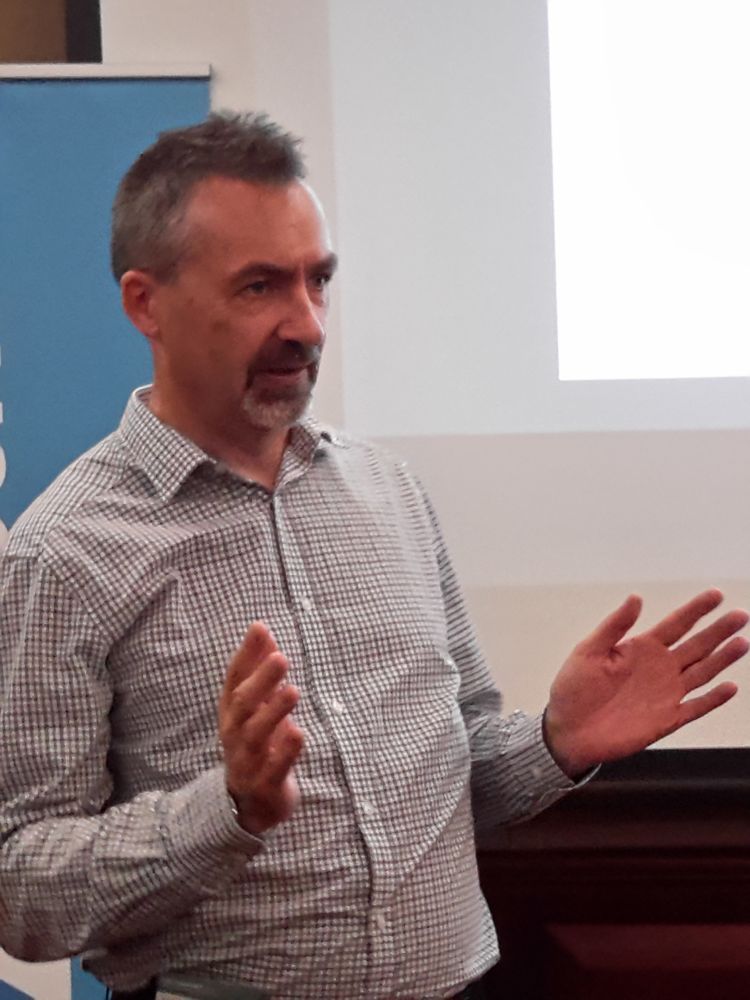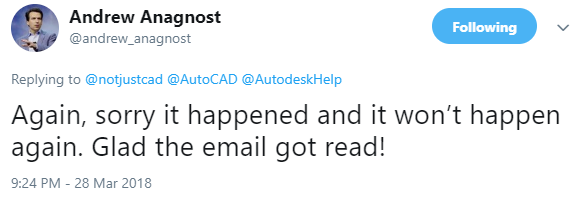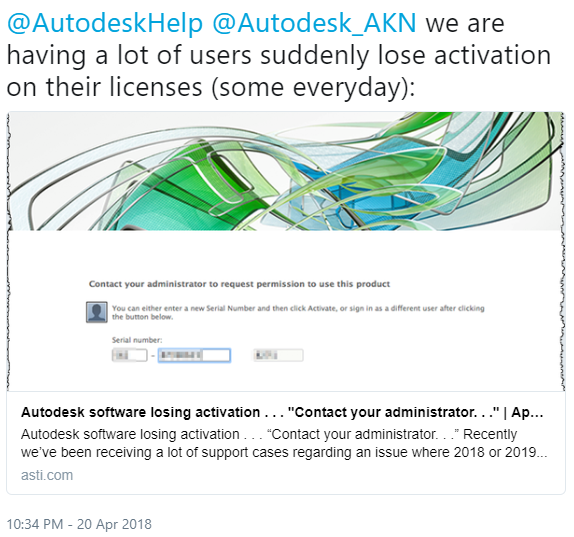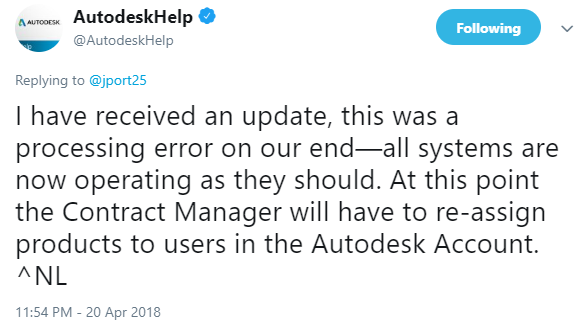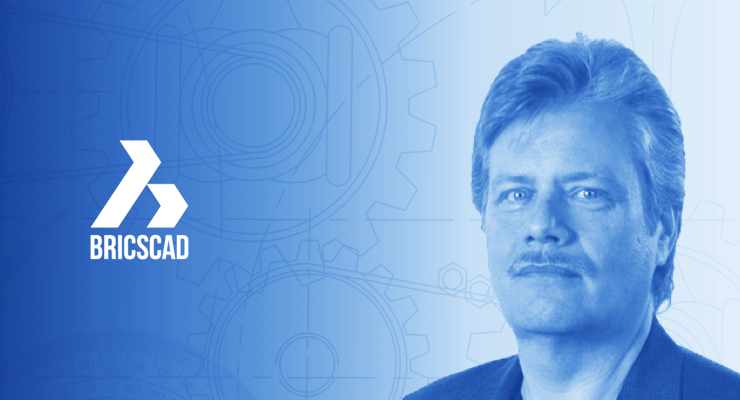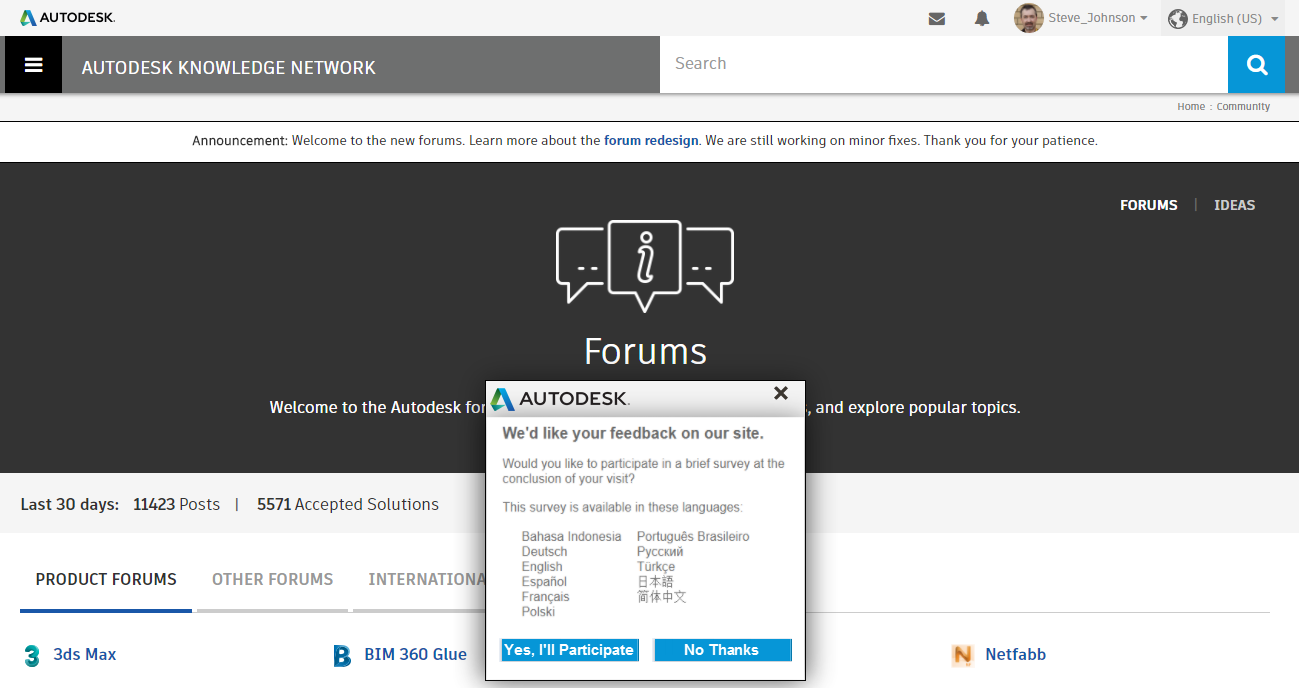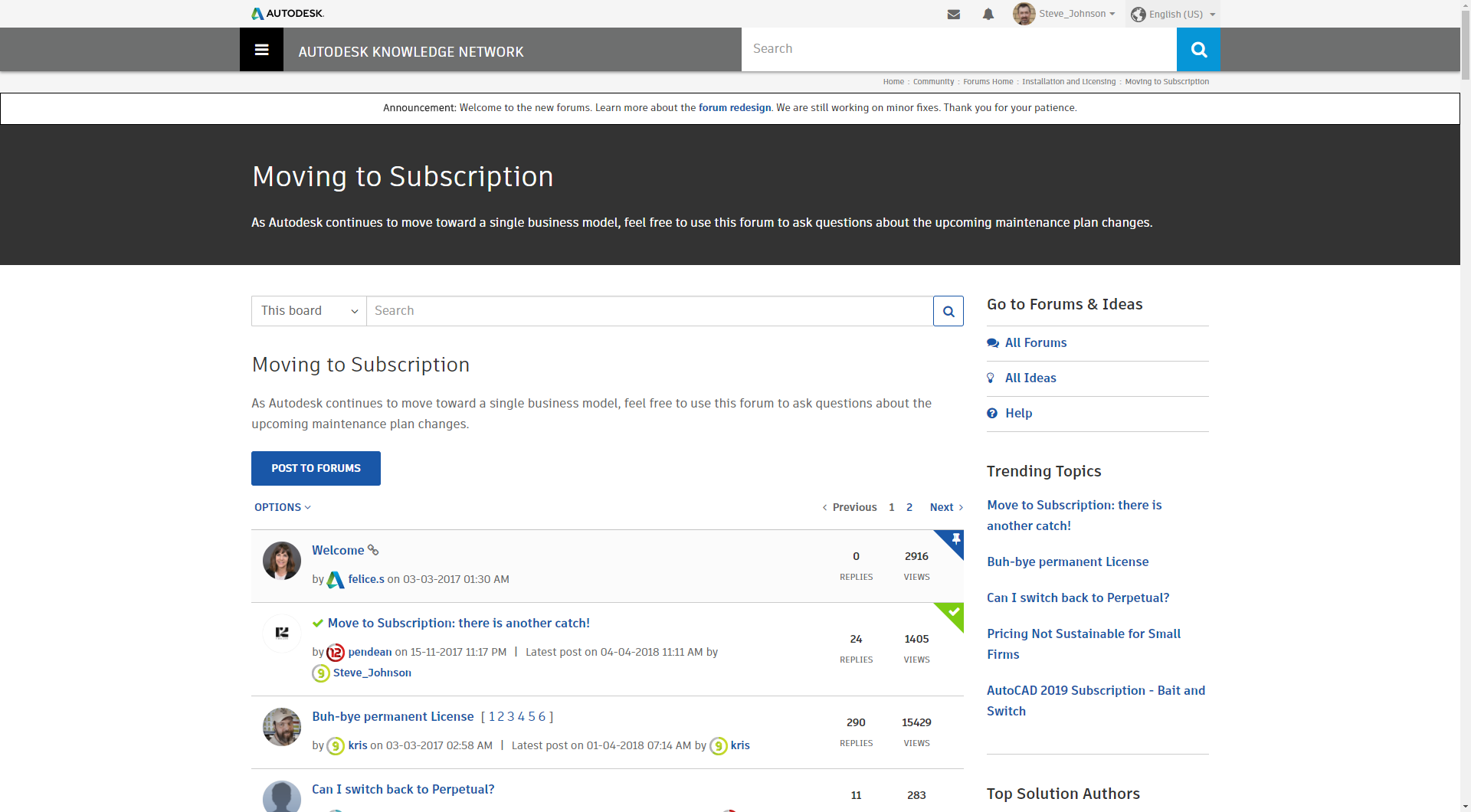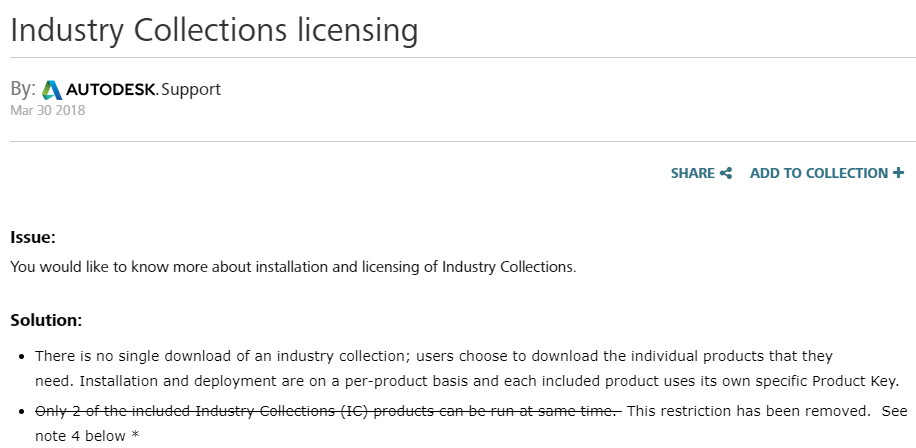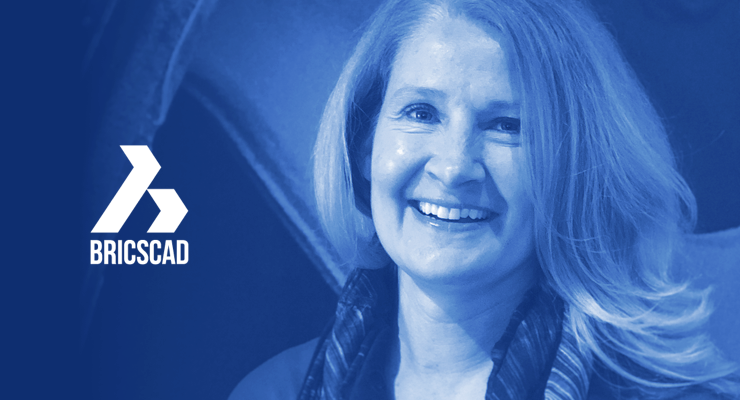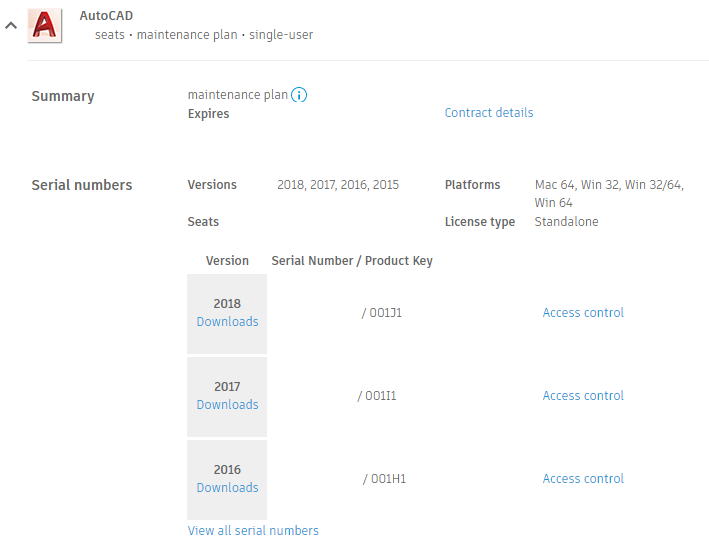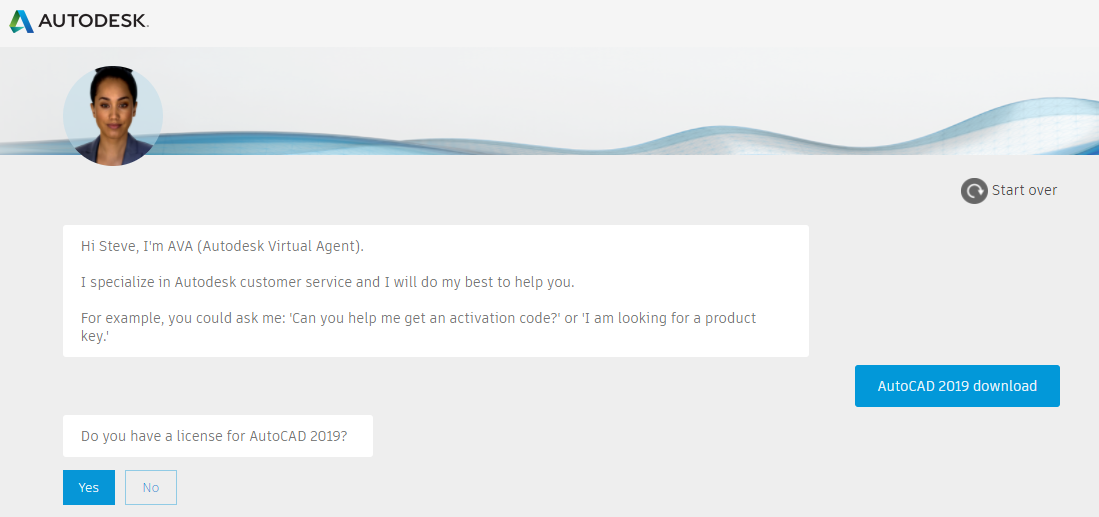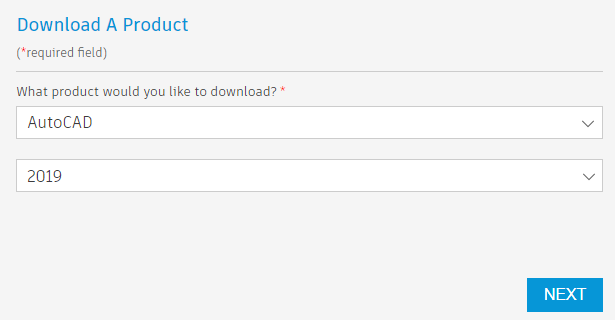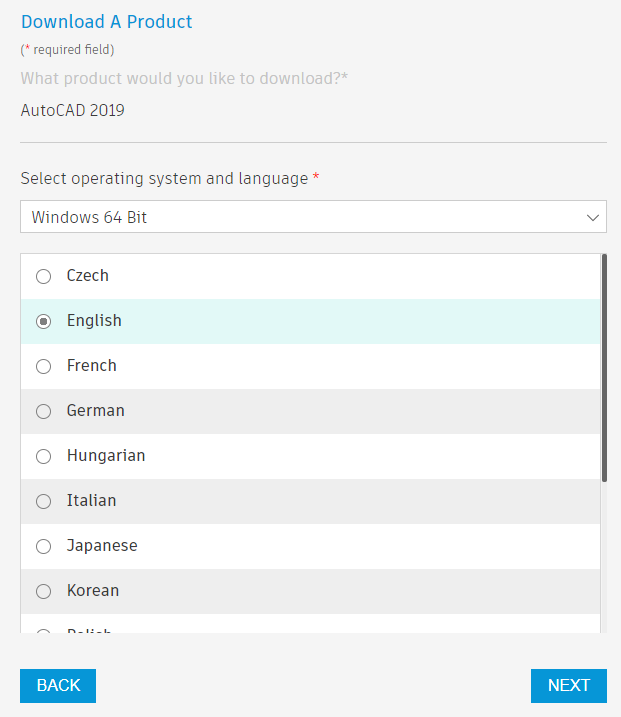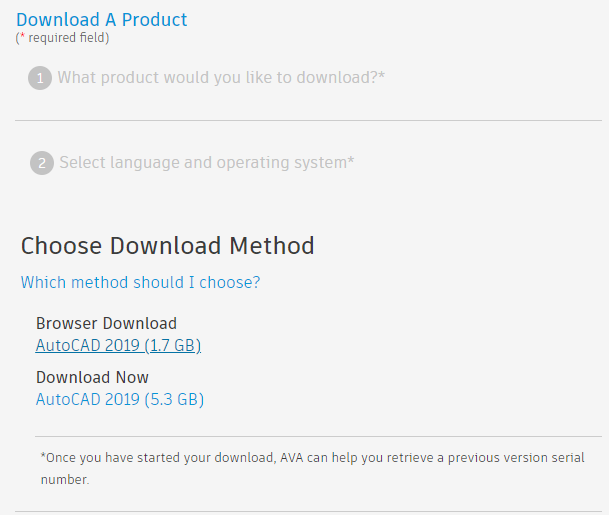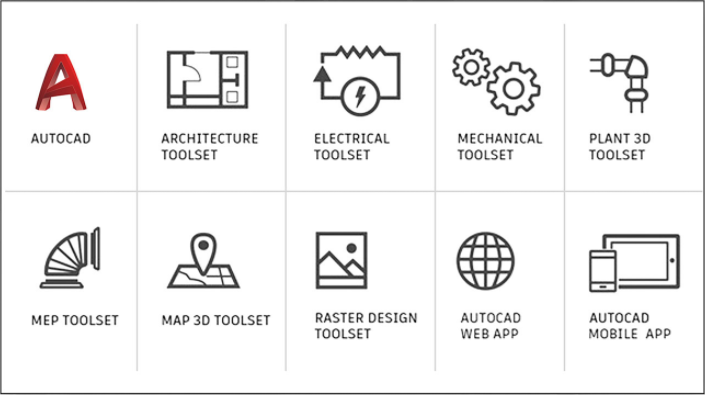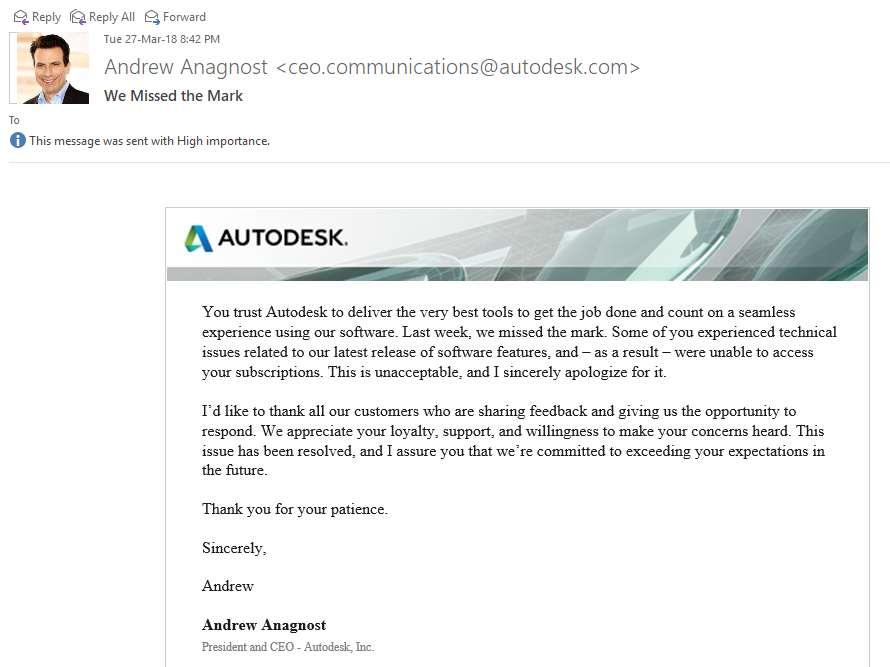Welcome to the second in this series of interviews of Interesting People of CAD (IPoC).
David Kingsley has had a long and interesting career, was present in the early days of CAD adoption, and served as an AUGI board member for years. Here is the second part of David’s interview which covers his involvement in AUGI, the controversy over how it was managed, and how that ended his involvement.
Steve: What was your first involvement with AUGI or NAAUG? At what stage did you get involved?
David: I think it was NAAUG in Philadelphia. Paul Jackson came up to me and said, “We would like you to get involved with the board. He asked me to attend the board meeting right there. So I started hanging out. That may have been the first time I met Lynn Allen. David Harrington was there, Dave Espinosa-Aguilar, Donnia Tabor-Hanson… that was kind of the formation of a very early AUGI Board. They had a board, but they were looking for different people.
I first ran for the AUGI board and was elected in 1996. I was on the Board from 1996 to 2002. We didn’t have a web site in 96, not many small organizations did yet, so I was involved in the first AUGI website ever. It was pretty crude! I remember we just kind of talked about it, Carol Bartz waved her hands, and we had money! She would sit in for a couple of hours every time we met in San Rafael. We would spend three or four days at Autodesk and that’s when we would develop our annual plan and funding requirements.
They were throwing a lot of money at us – $150,000, $200,000 a year just to support the user community. So we had a pretty healthy budget. A lot of people bungled it though. I remember one year we had budgeted $80,000 for something. It was what became the Exchange, where everybody traded their apps. We were supposed to develop that and we completely failed. We directly experienced the wrath of Carol Bartz for that.
The AUGI Board was a really difficult thing to make work because everyone was a volunteer, and they were all over the country, and there were no consequences for failure. People would sometimes just blow stuff off and wouldn’t do things. We were unable to accomplish things. They lacked the skills, or desire, or didn’t have the time, so there were some really rough years there where we were supposed to get things done and we didn’t. We had a couple people who openly stated they were just there to get NFR software.
That was when Rich Uphus and SolidVapor became involved. I believe Carol Bartz set us up with them to give us some kind of essential management. That was when AUGIWorld magazine came out. When we got involved with them, Uphus rebranded his “A” magazine as AUGIWorld and started to plan all of the CAD Camps. At that point, Autodesk ceased funding AUGI directly.
Steve: Is this the quarterly CAD Camps?
David: Yes, but I think there were 40 of them one year. Yoshi Honda and I were kind of the key AUGI people who negotiated that with Rich Uphus. We did most of the conceptual development and business arrangement between AUGI and Uphus. SV put together the first workable AUGI website with our input. All of that happened because of SolidVapor.
The plan was that AUGI provided the technical content and SV built and maintained the infrastructure – the website, the magazine, the organization behind the CAD Camps. When you start to think about the expense of that – If you went up to some hotel and said, “I’d like to have five breakout rooms, I’d like to serve lunch to 200 people, for a day and a half,” they would say, “Well, put down $200,000 and we’ll reserve a spot for you.”
For one or more years, CAD Camps had more attendees per year than Autodesk University. So SolidVapor had to come up with a lot of capital – millions of dollars. SV was going through $2.5 to $3 million a year. I’m sure they were making a profit; that’s what businesses are about. But they were pretty much backed by Autodesk.
AUGI generated no revenue at all. They were actually an expense. Autodesk flew us out to San Rafael for a week twice a year and we just partied! They took us out to nice restaurants. But we also provided a lot of good information from the user community, so we were the mouthpiece of the user community to Autodesk.
Later on there was a faction within the AUGI board that didn’t like the arrangement that we had with SolidVapor. They felt that AUGI was no longer in control – that SolidVapor was doing all the stuff that AUGI should be doing. There was a real split. My position was that it became that way because the model we had earlier didn’t work. Autodesk was giving us money and we were failing, so they put a real organization, an experienced business, in place to accomplish what they wanted. We were in a position where we drove that organization but we didn’t manage the money, we didn’t really manage the projects.
AUGI chose to terminate the contract with SolidVapor. Some may say otherwise, but the fact is they offered SV a deal they could not accept. I tried and tried to make sense with them, tried to tell them early on that… first of all, where is your money going to come from? Autodesk has told us they will not fund AUGI like they did before, they will only be another ad buying customer. All of this cash flow is going to go away when you end this relationship. Don’t tell me that you’re going to come up with $2.5 to $3 million a year, it’s just not going to happen. You guys don’t know how to do it, you’re working full time jobs, and you’re already unable to fulfill many of your responsibilities to AUGI. You expect to, all of a sudden, on a part-time basis, raise $2.5 to $3 million a year and put together a dozen CAD Camps, publish a magazine and keep a website running. It’s just isn’t going to happen.
But they went ahead and did it anyways. That’s when I left AUGI. I didn’t want to be involved with what was going to happen. I don’t have any personal grudges against people but there were a couple of people I really bumped heads with. Let’s just say we didn’t talk to one another after that.
I remember going to Autodesk University after they had terminated the relationship with SolidVapor and I knew they were in serious financial trouble. They had relatively no financial backing or sales, they had no viable plan. That’s when CAD Camps ended, AUGI World magazine ended, and the website stumbled really badly for a couple of years. It was in pretty bad shape. AUGI has pretty much gotten themselves back on track now, but at a much smaller scale than it could have been.
Steve: Wasn’t there some legal wrangle over who had rights to the forums and the contents?
David: Yeah. AUGI didn’t have any direct revenue. They had not invested anything. SolidVapor managed all the money, and the agreement was that SolidVapor would provide the infrastructure. So SV built the website, invested all the time, they were paying for the servers, paying the programmers, all that stuff. I tried to tell the AUGI board that they had no power whatsoever. Sorry, but power is money. You don’t control any money. You haven’t invested in this so you really don’t have a right to it. You provided the content for the forums, yes. The position of SolidVapor was, if you sue us for the forums and win, you’ll take responsibility for the whole thing. You’ll be totally responsible for funding and operating the website, the servers, the programmers.
AUGI was never restricted about what we could publish or what we could do, other than technical limitations. They would do pretty much whatever we wanted to, within reason. But we never paid for anything so we never had any power there.
I was pretty much against the whole AUGI position at that point, I thought they were unrealistic. They all had full time jobs, some of them were highly placed in engineering departments, but no one really had any business experience.
A lot of the things they wanted to do were just not practical or cost-effective. So we had some real head-butting with SolidVapor about what AUGI wanted to do. SV said, “We can’t do that, we can’t afford it,” or “Come up with a budget for it.” AUGI was just kind of waving their hands around and asking for things and they didn’t think about how much it was going to cost or how it was going to get paid for.
So they struggled for a while. I’ve been out of touch – I’ve really not been involved with AUGI since 2008 when they terminated the SV relationship. That’s when I said adios.
Steve: I still have the document that you produced with all your record of that I can now refer to. It’s still on my blog!
David: Oh really? I think it would pretty much corroborate what I just said.
Steve: If you remember, you published that on the AUGI forums and that was removed and so I published it on my blog for people that wanted to read what you had to say. I don’t know if you remember that or not but it’s still there!
David: Yeah, yeah!
Steve: I just downloaded it for my own blog to read it!
David: I think there are a few people who can remember those days. I had very few supporters. I actually got some hate mail. I was amazed at the lack of understanding in the community at what was going on. Nobody got it. I had a few communications with people shortly afterward but not many. It was surprising.
AUGI survived, it just went to a much smaller scale. You’re probably pretty familiar with that whole scenario then?
Steve: Yeah, I came on it fairly late and I didn’t really understand what was going on either, except that there was there was a bit of a constitutional crisis with the board and who was supposed to be on the board, and who gets to say who’s on the board. There was an election and the election was cancelled or postponed or moved and people weren’t allowed to put themselves up for election and all sorts of stuff happened.
David: Yeah. I kind of went over the edge a little bit with some stuff at that point. I did have a really serious discussion with the board, because I’d been off the board for a number of years and I decided to go back and put myself up as a candidate. They wouldn’t even allow me to run as a candidate. It might have been ’08 or ’09. I said I’d like to run and they said no. That didn’t really get any press. That was kind of a private thing between me and…
Mark Kiker and Richard Binning were the two people I really butted heads with. They were the two that really spearheaded this transition, so they told me flat out, you’re not running. You’re not going to get on the board. That was where the noise about who gets to be on the board came from. They were pretty dictatorial. It was pretty interesting to watch.
Steve: Within AUGI, when you were actively involved in it, who are you dealing with at Autodesk? I know you mentioned Carol came to the meetings. Were there other people that you were interacting with?
David: We dealt directly with a lot of the engineering department there. I dealt with Buzz Kross a lot. During the weeks that we spent at Autodesk, we would work directly with the engineering people. It was timed such that they could talk to us directly about what was coming up and we were tasked with thinking about how to introduce that to the user community. We were tasked to provide feedback to them, that’s where the wish list originated. We were tasked to become the mouthpiece of the user community.
Carl Bass was still in engineering management, so we dealt with him a lot. Then there was Lynn. We worked with her a lot. Lynn was the one who worked the internal politics and made things happen for us. We gave her the official title of “AUGI Sweetheart”.
I just thought about this a couple of days ago. I lived in Denver, very close to Columbine High School where there was that big mass shooting where two kids shot up the High School and killed 19 people. A couple of kids on my street went to that school, but we didn’t have any children there. I remember sitting down in Carol Bartz’ office; I’d asked for a private meeting with her. I talked to her about the effects of violent video games and what influence Autodesk might have on that. We actually came to know one another at a more personal level at that point. It was an interesting relationship after that.
We used to sit down with all of the top management people. There would be a formal meeting every time the AUGI board met. All of the big kids would show up and all of the AUGI kids were round the other side of the table. We’d sit there for two, three or four hours and have a really nice long discussion about the product and the future. They’d tell us about future developments, what was coming up and we all had NDAs so we couldn’t talk about anything outside.
IPoC interview – David Kingsley – part 1
IPoC interview – David Kingsley – part 3

